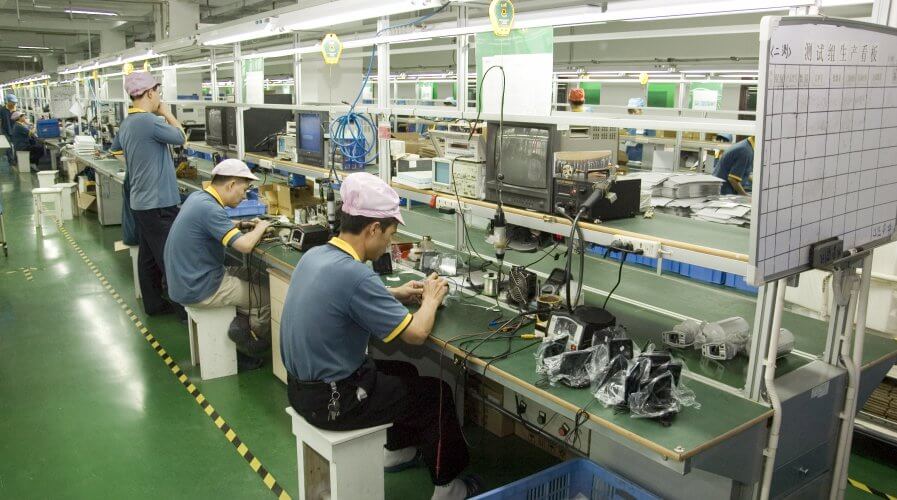
Enterprises deploy IoT technology to power automation and improve operational efficiencies. Source: Shutterstock
The CIO’s guide to launching transformational IoT projects
THE INTERNET of things (IoT) is, without a doubt, set to usher in a new era of connectivity and transform industries as we know it.
And the technology is gaining immense traction among enterprises, as indicated by one McKinsey study, which had 98 percent of respondents claiming companies feature IoT initiatives as part of their strategic road maps.
Businesses are deploying IoT solutions in greater numbers and scale as part of their broader digital transformation agenda, to improve their operational efficiency, enhance revenue streams, and boost their agility.
Furthermore, the proliferation of IoT devices, platforms, and solutions in recent times, along with the maturity of related technologies such cloud platforms, networking solutions, and cyber security products contribute to the spike in the enterprise IoT uptake, even further.
Some of the most common use cases of IoT in the enterprise include:
# 1 | Asset management: Thanks to the development of more robust and accurate IoT sensors and devices, coupled with powerful network technology, businesses across all industries could now track movement and usages of their assets remotely.
# 2 | Preventive maintenance: From the data compiled by IoT platforms, companies will be able to track the wear and tear of their equipment and assets, and figure out a proper maintenance schedule without any downtime.
# 3 | Inventory management: RFID tags and sensors on store shelves that are integrated with enterprise resource planning (ERP) systems will allow retailers to manage their inventory better.
# 4 | Risk mitigation and compliance: Businesses in the food industry and supply chain deploy IoT platform to track and monitor perishable goods for effective risk management and compliance.
Most companies understand the benefit of IoT technology. However, deploying the solution is a different challenge altogether.
Here are some steps that businesses should consider, before making IoT as part of their digital transformation agenda:
# 1 | Before getting started
Before embarking on any digital journey, it would be greatly beneficial if companies have a clear idea of the return expected out of the project and the capital expenditure involved.
Understandably, this initial step may not be as straightforward, especially if it is their very first digital transformation initiative.
# 2 | Get everyone onboard
Secondly, it is imperative that a particular project, especially something like a fully integrated IoT platform, gets the necessary buy-ins from all relevant parties within the organization.
Companies should have everyone from the C-suites to operations participate and impart their knowledge and wisdom, and study how the project will benefit the organization as a whole.
# 3 | Compare and contrast different paths
When it comes to digital transformation, companies have a plethora of options and approaches they could pursue, but it is essential that they pick the right one. Thus, they need to thoroughly study, compare, and contrast the different options available to them.
The analysis needs to include ROI calculations, quotations from third-party vendors, estimation of internal cost of labor and resources, operational costs, among other things.
# 4 | Leverage agile methods
Digital transformation projects are most effective when implemented in incremental stages. Regardless of developing the processes in-house, engaging with a strategic vendor partner, businesses should be able to breakdown their long term goals to smaller mini-projects.
By doing so, businesses could adapt and transform more quickly and identify glaring challenges early on.
Ultimately, IoT will usher in new era connectivity, which could take a company’s digital transformation agenda to new highs.
To ensure the successful deployment of IoT-powered solutions, businesses must approach these projects with robust end-goals and ROIs in mind.
READ MORE
- Strategies for Democratizing GenAI
- The criticality of endpoint management in cybersecurity and operations
- Ethical AI: The renewed importance of safeguarding data and customer privacy in Generative AI applications
- How Japan balances AI-driven opportunities with cybersecurity needs
- Deploying SASE: Benchmarking your approach






